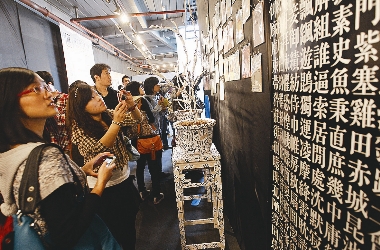
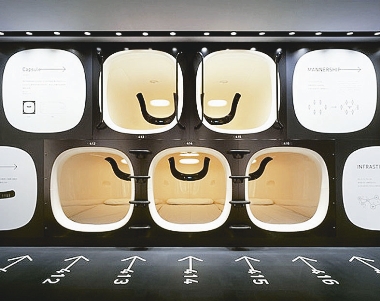
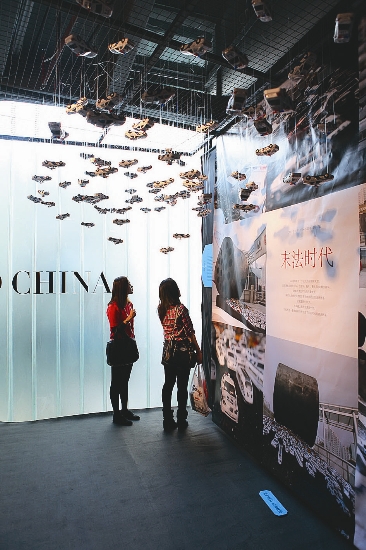
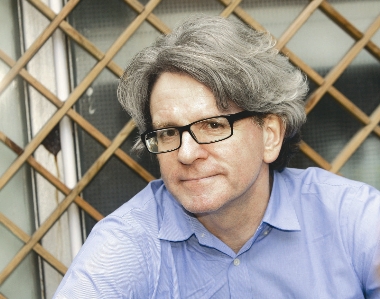
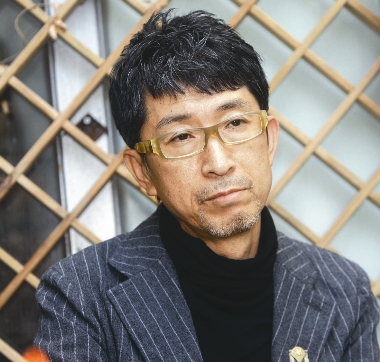

Cao Zhen
ONCE the preserve of an elite cadre of trained professionals, China’s graphic design has changed beyond recognition thanks to the mass availability of digital technology. But producing their works with new touches, or not imitating Western counterparts, is echoed by domestic and international graphic design experts who attended the ongoing 2011 Graphic Design in China.
“Back to China,” an exhibition of the biennale at OCT-LOFT in Nanshan District, features more than 20 Chinese graphic designers’ recent works. Another exhibition at Guan Shanyue Art Museum in Futian District showcases award-winning works of this year’s biennale.
The prizewinners were chosen from more than 3,000 entries received by the organizing committee. Along with the two exhibitions, lectures given by some of the 15 jury members were also held over the weekend at Guan Shanyue Art Museum.
“I found that many Chinese students’ works have distinct Western styles. A lack of local flavor in design should be a cause for worry,” said He Jianping, a Germany-based Chinese graphic designer, one of the 15 jury members.
“Although globalization and the mass access to the realms of global graphic design have been broadening Chinese designers’ vision, the goal of graphic design is to avoid becoming too Westernized,” He added.
Kong Sen, chairman of Shenzhen Graphic Design Association, the organizer of the biennale, agreed that currently many Chinese designers’ works have strong Western styles and they still regard graphic design as a superficial job.
“That’s why we curated ‘Back to China’ exhibition,” said Kong. “We want to call for Chinese designers to explore their native culture.”
At the exhibition, Chinese elements, such as Chinese calligraphy, Beijing opera masks and chinaware, are rendered.
“Chinese calligraphy is popular among Asian graphic designers because they want to get inspiration from it,” said He. “But it only functions as decoration. Graphic design must convey a specific message. The essence is to give information, ideas, expression and feeling.”
Graphic Design in China is the first campaign of its kind since 1992. The lectures at the biennale aim to foster an in-depth discussion between Chinese designers, their foreign counterparts and local students.
Sean Perkins, one of three partners of London design studio North, and Masaaki Hiromura, who co-designed the 9H Nine Hours capsule hotel in Tokyo, discussed commercial graphic design.
“Designing for a brand or a company is not simply designing a logo or a typeface. Designers need to learn about the company’s background,” said Hiromura, who used black-and-white color tone to easily convey 9H Nine Hours capsule hotel’s simple but clean, neat and comfortable atmosphere.
“Corporate identity is the essence of every organization. Commercial graphic design is to convey a company’s information and attitude,” said Perkins, whose clear and modernist design helped him attract clients including First Direct, The Royal Mint, HSBC and Nokia.
Mark Porter, the former creative director for The Guardian, and Hei Yiyang, founder and creative designer of Shenzhen’s SenseTeam, also made speeches on the influence of new media on graphic design.
The two exhibitions of the biennale end Jan. 4.
|

